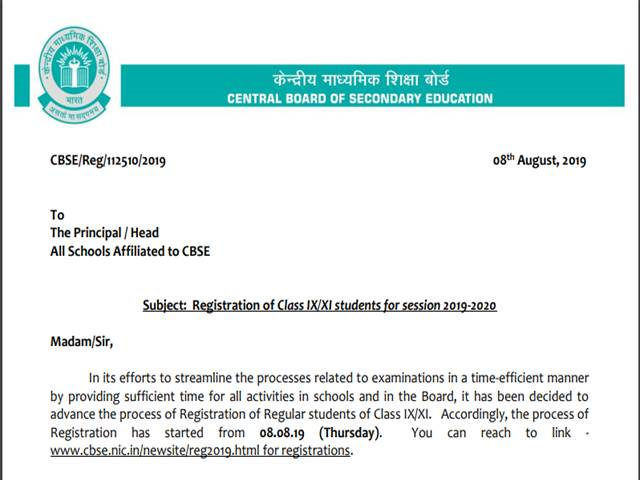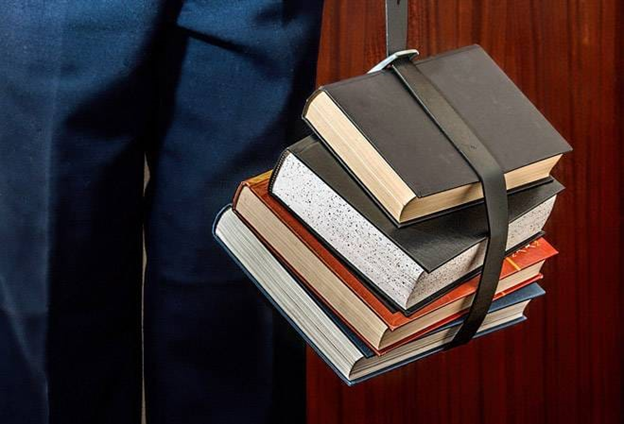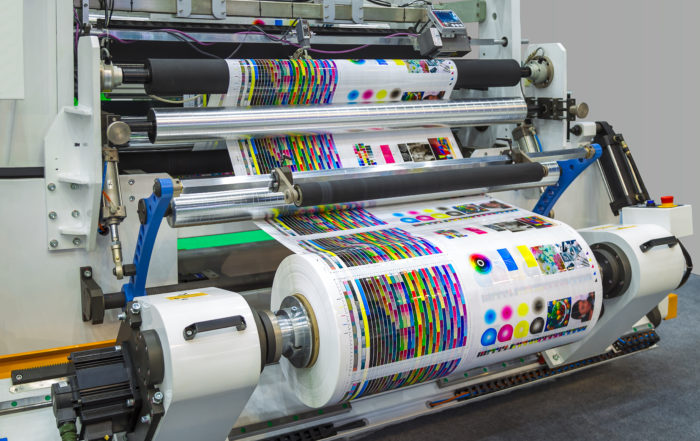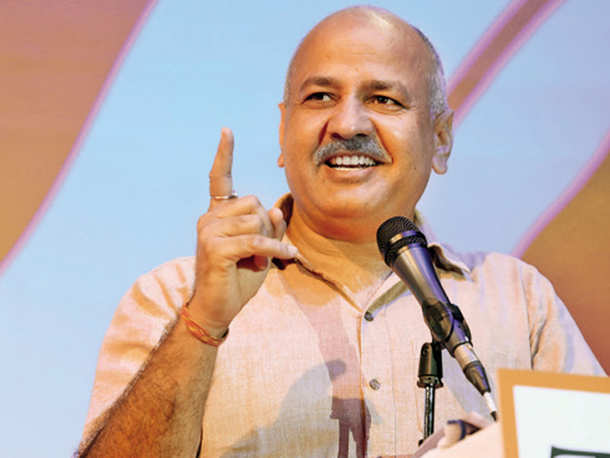Silkworms and Spider webs: Silk by Aarathi Prasad : Book Review
Explore the world of silk production in 'Silkworms and Spider Webs' by Aarathi Prasad. Read our book review on Frontlist Media.on Sep 25, 2023
.jpg)
Aarathi Prasad's book is not a genteel history of textiles; rather, it is a tour of the money-making operations of insects and arachnids.
Two years after arriving in Buenos Aires, Father Ramon Maria Termeyer of the Society of Jesus rode through a carob forest and into a maze of spider webs so strong that they 'got in the way of me and my horse and made my hat fall from my head, unless I took care to break them with a rod'. Looking around, he grasped with a thrill that he was surrounded by cocoons as big as the spiders observing him from every branch; and it was a thrill of mercantile possibility, not horror: what if these spiders could be forcibly silked?
They certainly could. One of the oddest images in Silk: A History in Three Metamorphoses is a contemporary diagram of a late-nineteenth-century equipment used to "milk" related golden orb spiders in Madagascar.
Readers who come to this globetrotting and species-hopping anthology expecting delicate vignettes of 5,000 years of Chinese silk manufacturing are in for a rude surprise. Spiders, and not just spiders, but metre-long Mediterranean clams and innumerable moth species spinning their silks from Singapore to Suriname can be found here. René-Antoine Ferchault de Réaumur, an entomologist, stated in 1711 that "nature does not limit itself to a few examples, even of its most singular productions."
This presents a significant challenge for writer, broadcaster, and occasional molecular geneticist Aarathi Prasad, who must travel from China, Indonesia, and India to South America and Madagascar, and then to the Mediterranean to examine Procopius of Caesarea's "cloak made of wool, not such as produced by sheep, but gathered from the sea."
The Chinese silkworm Bombyx mori takes the stage, having contributed significantly to our understanding of the natural world. Maria Sybilla Merian, a 17th-century naturalist and globetrotter, traced its lifetime to refute the theory that microscopic organisms emerged spontaneously from disintegrating debris. In a manuscript read by Louis Pasteur 60 years later when he developed the germ theory of illness, the Italian Agostino Bassi demonstrated how infection was transmitted from a sick caterpillar to a healthy one in 1807.
Then there's the author's own encounter with these unusual animals, which are "cute but not beautiful" and unable to eat or excrete in their adult state — "nor do they do much at all as moths, except mate and die." The author used to feed her larvae mulberry leaf paste as a youngster, then watch them span "cradles of their own making, swaddled in kilometres of pure white silk."
Domestication of Chinese silk began near the Yellow River between 7,500 and 5,000 years ago, leaving us with flightless grubs that require human intervention just to exist. Other methods of domestication were used in India, where the Antheraea paphia spins cocoons of golden tasar silk and hangs them on a "stalk" from its favoured trees.
The stories of Marcello Malpighi, whose dissection of Bombyx mori for London's Royal Society in the 1660s took an entire year; Georg Eberhardt Rumpf, whose survey of moths in Indonesia triggered a surreal string of personal disasters; and Thomas Wardle, whose Midlands factory-hands discovered how to bleach and print on tasar silk, triggering a boom in India's silk exports.
Her style suffers from the effort to dramatise a multitude of strange and peculiar material, but readers who are less enthralled with these embellishments will find more caustic joys. Archduke Franz Ferdinand of Austria appears to have held the newest in personal body protection: a bulletproof vest made of silk. He neglected to put it on on June 28, 1914.
Traditionally, scientific explanations of silk end with Arthur C Clarke outlining how Earth-tethered space elevators composed of synthetic silk will transport future explorers into orbit. The author isn't holding her breath on that one, but she does paint a rosy picture of "flexible and biodegradable implantable electronics that record our brain signals" and "safely consumable edible sensors to track our fitness or the nutritional quality of our food."
Aarathi Prasad admits that "more often than not, scientific progress is just tiresomely incremental." Technological marvels will follow our findings, but in their own good time. One encouraging takeaway from this beautiful and engrossing book is that silks will retain their mystique and enchantment for some time to come.



.jpg)






.jpg)
.png)
.jpg)


.jpg)
.jpg)
.jpg)










Sorry! No comment found for this post.